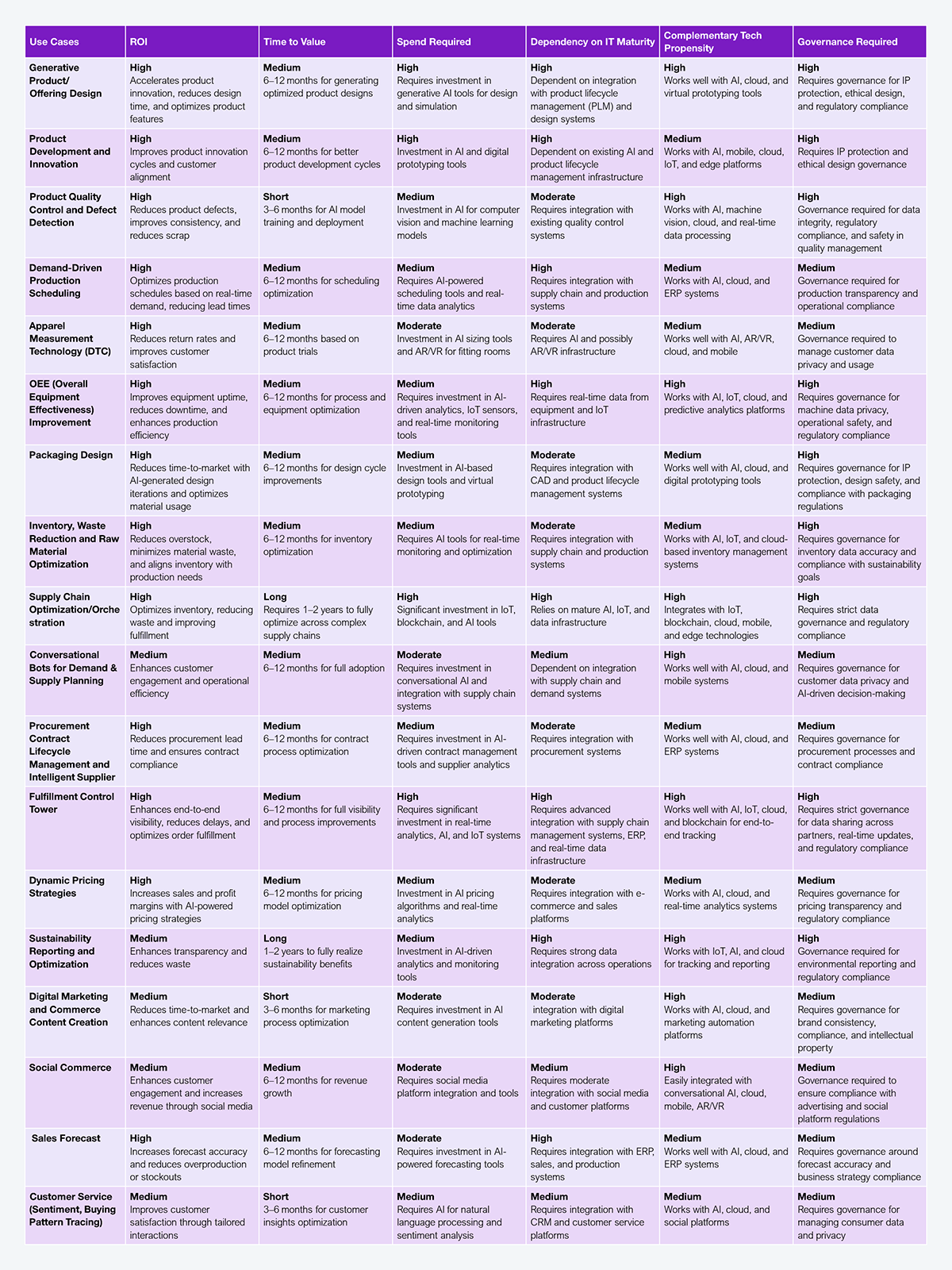The recent HFS GenAI study reveals a high level of enthusiasm for disruptive value creation through GenAI adoption, with 81% of CPG leaders eager to integrate it. Yet only 24% of companies are actively implementing GenAI in at least one area of their business. Despite its transformative potential, many organizations remain stuck in a cycle of endless pilot stages without moving to large-scale implementations.
As organizations struggle to attract and retain skilled AI professionals, they face challenges caused by poor data quality, fragmented data systems, and the absence of a cohesive data strategy. They also lack a structured plan for Gen AI use cases and investments. Organizations must also be aware of potential risks, such as regulatory compliance and managing the costs of scaling AI solutions. Successful scaling also requires strong buy-in from leadership and cross-functional collaboration to ensure AI initiatives are aligned with the overall business strategy and can deliver tangible, long-term value.
Organizations are overwhelmed by myriad potential use cases without a clear strategy
Organizations also lack focus on where to invest and which use cases would provide the most significant ROI, leading to stagnation in their AI journey. Following are the top 20 GenAI use cases for CPG enterprises. We evaluated them across multiple dimensions: ROI potential, time-to-value, investment requirements, IT maturity, integration with existing technologies, and governance needs.
Exhibit 1: HFS’ decision matrix for CPG based on analysis of leading GenAI use cases

Source: HFS Research, 2024
Quick wins to build momentum
- Customer service interactions: Deploying chatbots and agentic AI assistants will help CX teams handle customer inquiries and support functions. This offers a low-cost entry point into GenAI, with visible benefits in 3–6 months.
- Automated content creation: With GenAI, organizations can significantly speed up marketing campaigns and automate the creation of product labels, resulting in immediate cost reductions and faster time-to-market with minimal infrastructure requirements
- Adopting GenAI product quality control and defect detection: In the consumer packaged goods (CPG) industry, these capabilities enhance the speed and accuracy of inspections, driving efficiency and reducing waste.
High-impact strategic priorities
- Product design and development: Though generative product design requires significant investment in AI tools and integration with existing systems, this use case will accelerate product innovation, reduce design cycles, and optimize features
- Overall equipment effectiveness (OEE): With GenAI-driven predictive maintenance models, using data from the sensors to detect anomalies in equipment, organizations can significantly optimize the availability, performance, and quality of equipment.
- Supply chain optimization and orchestration: One of the most significant challenges in CPG supply chains is the lack of end-to-end visibility. With GenAI, CPG enterprises can benefit from real-time monitoring of every aspect of the supply chain, from raw materials to finished goods. They can also benefit from demand forecasting, real-time visibility, better collaboration with suppliers, and enhanced risk management.
Use cases that require thoughtful consideration
- GenAI-powered fulfillment control tower: When powered by GenAI, the fulfillment control tower becomes a more dynamic and intelligent system. This enables CPG companies to optimize their operations and respond swiftly to changes or disruptions in fulfillment and logistics. However, this requires a robust infrastructure that most organizations need to improve.
- Dynamic pricing strategies: Most organizations currently struggle with fragmented, incomplete, or outdated data sources, and gathering real-time data across multiple channels, such as retail, e-commerce, and direct-to-consumer, poses additional challenges.
The Bottom Line: To reap the full benefits of GenAI, organizations must identify and align with areas consistent with their long-term vision. This requires a balanced approach encompassing ROI, time-to-value, IT maturity, and governance requirements.
Smooth GenAI integration is only possible if organizations overcome the challenges of implementing and scaling GenAI solutions. This requires a holistic strategic plan that bridges the gap between IT and business goals while addressing data debt, talent shortages, technology limitations, and process inefficiencies. Identifying and prioritizing use cases with the potential to deliver substantial, impactful business outcomes will help enterprises achieve long-term transformation goals.
